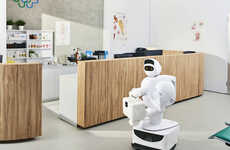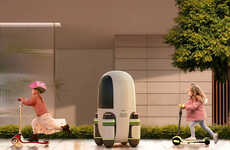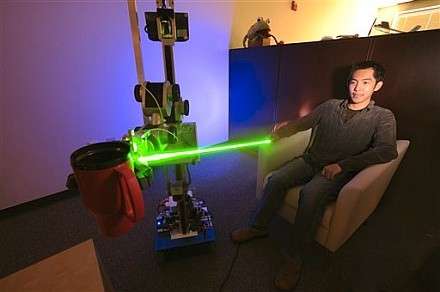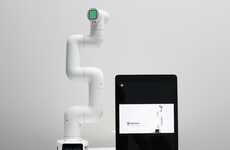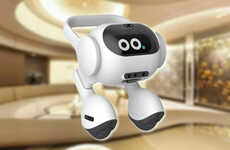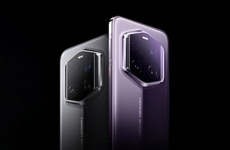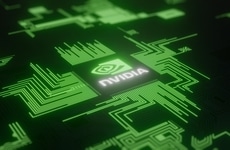
El-E Robot
This is my kind of robot, not something that will take over our civilization and kill humans, just a robot to serve me and say cool catchphrases (such as "Bob is your uncle!") when it gets the job done. El-E is is not designed to behave like a human; rather, its aim and focus is interacting with us and grabs stuff you point at with a laser. The robot, which is developed by Georgia Tech and Emory universities was unveiled at an Amsterdam conference and will be tested this summer in a real-world setting involving patients with a degenerative disease.
To command the El-E, you point a laser at something for a few seconds. The robot then responds with a beep and then zeros in on the target, grabs the object and returns when the laser is pointed at the user's feet. It looks for a human face before handing over what it grabbed.
To command the El-E, you point a laser at something for a few seconds. The robot then responds with a beep and then zeros in on the target, grabs the object and returns when the laser is pointed at the user's feet. It looks for a human face before handing over what it grabbed.
Trend Themes
1. Interaction-focused Robots - Creating robots that are designed to interact with humans and perform specific tasks, without trying to mimic human behavior, presents disruptive innovation opportunities.
2. Laser Pointed Robotics - Developing robots that can be commanded with a laser pointer opens up avenues for disruptive innovation in various industries.
3. Assistive Robotics - Exploring the potential of robots to assist and support individuals with degenerative diseases creates disruptive innovation possibilities in healthcare and caregiving sectors.
Industry Implications
1. Technology - The development of interaction-focused robots presents disruptive innovation opportunities in the technology industry, particularly in the field of human-robot interaction.
2. Healthcare - The application of assistive robotics in supporting individuals with degenerative diseases offers disruptive innovation prospects in the healthcare industry, improving patient care and quality of life.
3. Manufacturing - Implementing laser-pointed robotics in manufacturing processes has the potential to drive disruptive innovation by streamlining operations and increasing efficiency.
1.2
Score
Popularity
Activity
Freshness




